The idea of actually owning that classic car is, however, a dream that most car lovers harbor. Imagine driving down the street in a classic car, getting attention, and enjoying the history of a different age, all moderated and attainable in modern life. However, not all classic cars age like fine wine, as some deteriorate with age due to a lack of proper maintenance. Some have depreciated over time and become objects more easily disposed of as they do not hold great value.
Ford Pinto
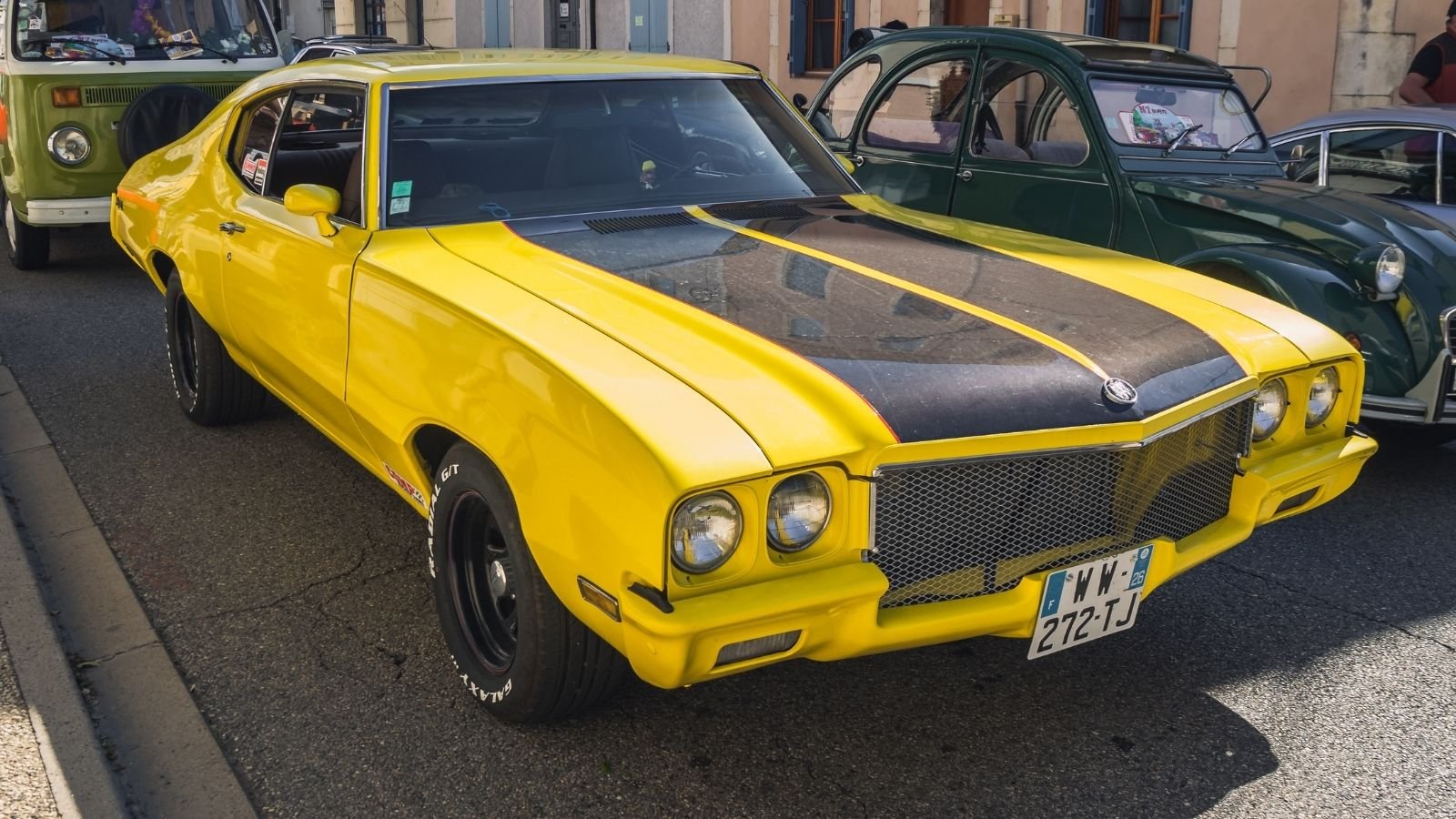
Ford Pinto, which was manufactured between 1971 and 1980, is notorious for its safety hazards, with a particularly highlighted and well-known case of a faulty design on the fuel tank that made the automobile susceptible to catching fire whenever the back part of the Pinto was hit. This notoriety has not worked in its favor in certain aspects, particularly amongst collectors, and as such, the Pinto has not been much valued.
Chevrolet Chevette

The Chevrolet Chevette was a come-out car by the GM management as a fuel-efficient model during the energy crisis in the 1970s. While it was a practical car when released to the market, it failed to offer the performance, style, and durability that bring about its classic hunt today. The Chevette is not built to be attractive, nor does it have the power to match more modern cars, let alone have any collector appeal.
AMC Pacer

AMC Pacer was a compact car that took in unconventional features for its time and futuristic looks with a wide body. Although its distinctiveness has made it coveted by a certain audience, the Pacer remained a problematic automobile throughout its times, never offering good acceleration, a sturdy build, or much power, resulting in it not being considered a classic car collectible. Notably, the AMC Pacer, famous even in the movie Wayne’s World, is still not popular among collectors and, therefore, has a low value in the present day.
Chevrolet Corvair
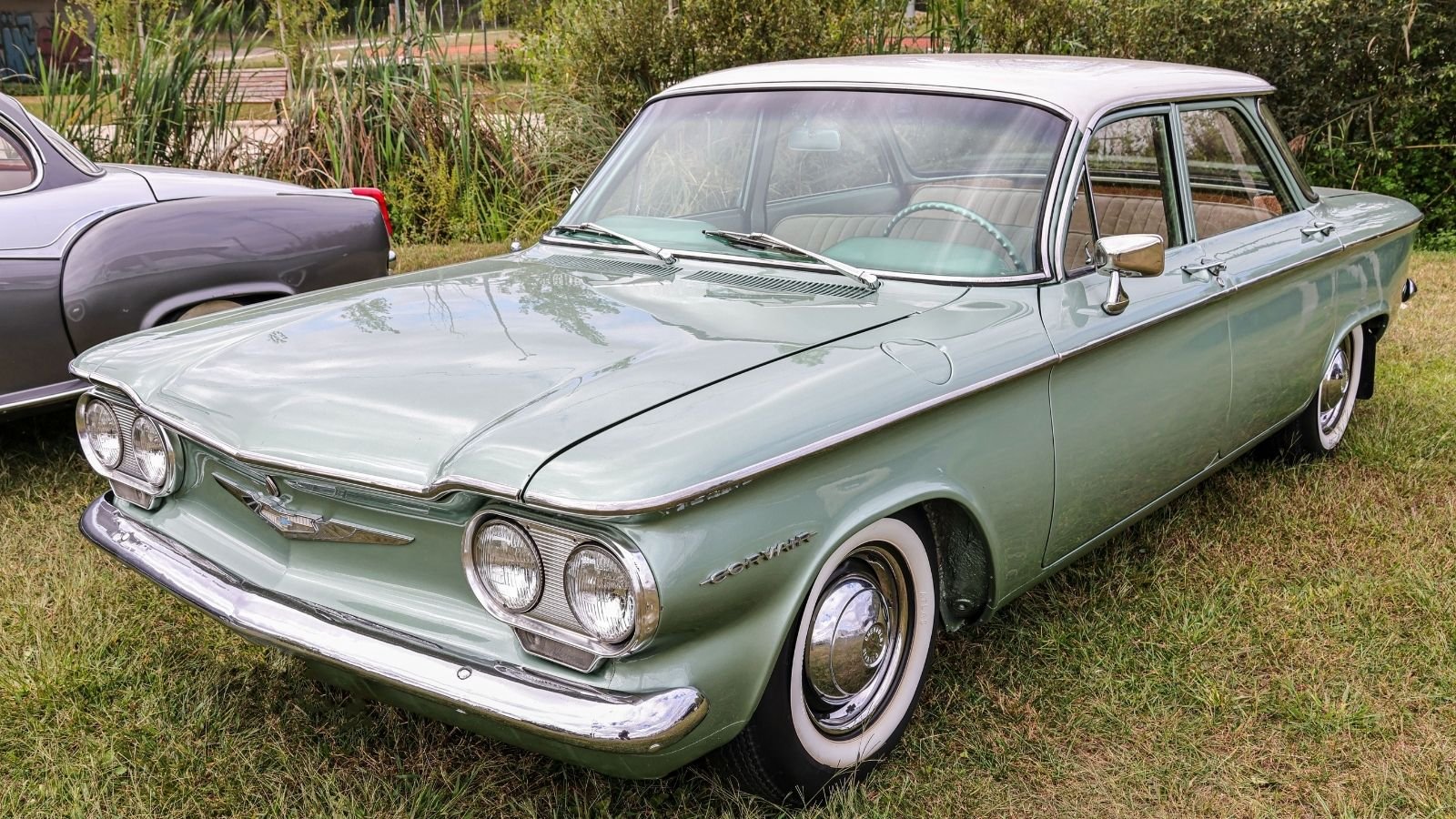
The Chevrolet Corvair has also been among the cars manufactured for a long time but has never regained market value. The Corvair was considered the first modern sports car and introduced features such as placing the engine at the rear of the car and an air-cooled six-cylinder engine, but safety issues unveiled in Ralph Nader’s book “Unsafe at Any Speed” reflected the car’s problematic characteristics. It contributed to a decline in its sales and a bad image through the book, which, to this date, Corvair cannot fully boast of overcoming.
Triumph Stag
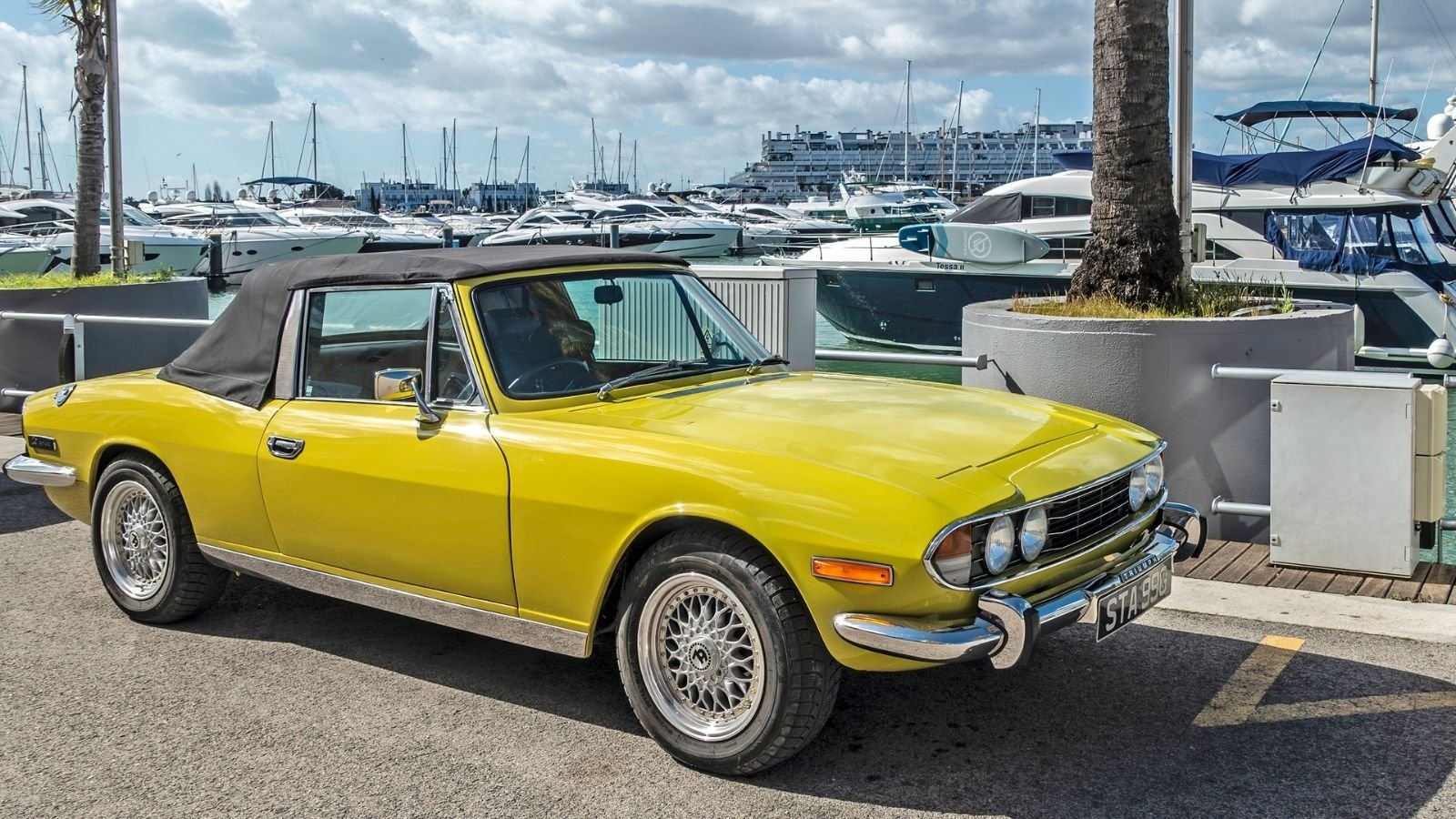
This vehicle was produced to substitute the Triumph model, and it came with an acoustic V8 and other complexities that hampered its reliability. The externally mounted engine on this vehicle was designed poorly and commonly complained of excessive heating, and the car altogether became well known for its constant malfunctioning. Nonetheless, the Stag may be a fashionable car and relatively smooth to drive, but it never became a significantly revered classic car due to mechanical problems. Unfortunately, today, it is considered a lousy investment for classic car lovers.
Yugo GV
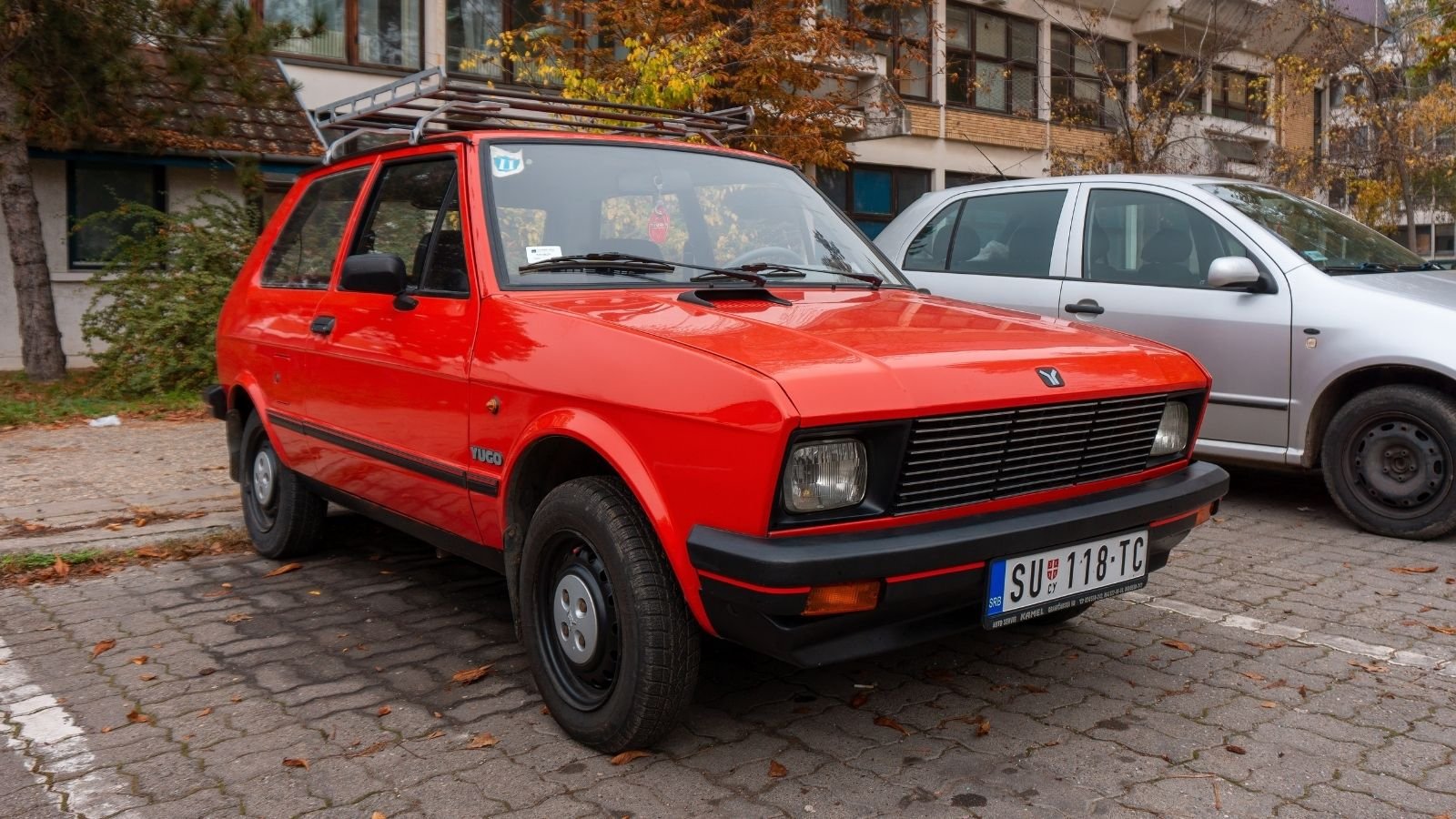
Exemplary poor cars include the Yugo GV, which is considered among the worst cars to have been sold in the United States. Sourced from Yugoslavia, the Yugo began to be sold in the United States as an ‘economy’ car. However, it lacked a robust construction, was not very durable, and offered few functions and options despite being relatively cheap. As an automobile, the Yugo GV became synonymous with an economy car, a disposable car, and a car that was not worth fixing, which makes it a worthless relic in the modern classic car market.
Pontiac Fiero

The Pontiac Fiero was marketed as an economical mid-engined sports car but did not achieve such status. Although stylish and high-speed performance, the engine power and reliability were problems, and initial models were known to be prone to engine fires. However, due to its various issues, the Fiero finally became the car that contributed to Pontiac’s decline and is now considered one of the company’s biggest failures. At present, the Fiero is not priced highly, and they cannot be viewed as part of the collection of classic cars by today’s standards.
Chrysler TC by Maserati
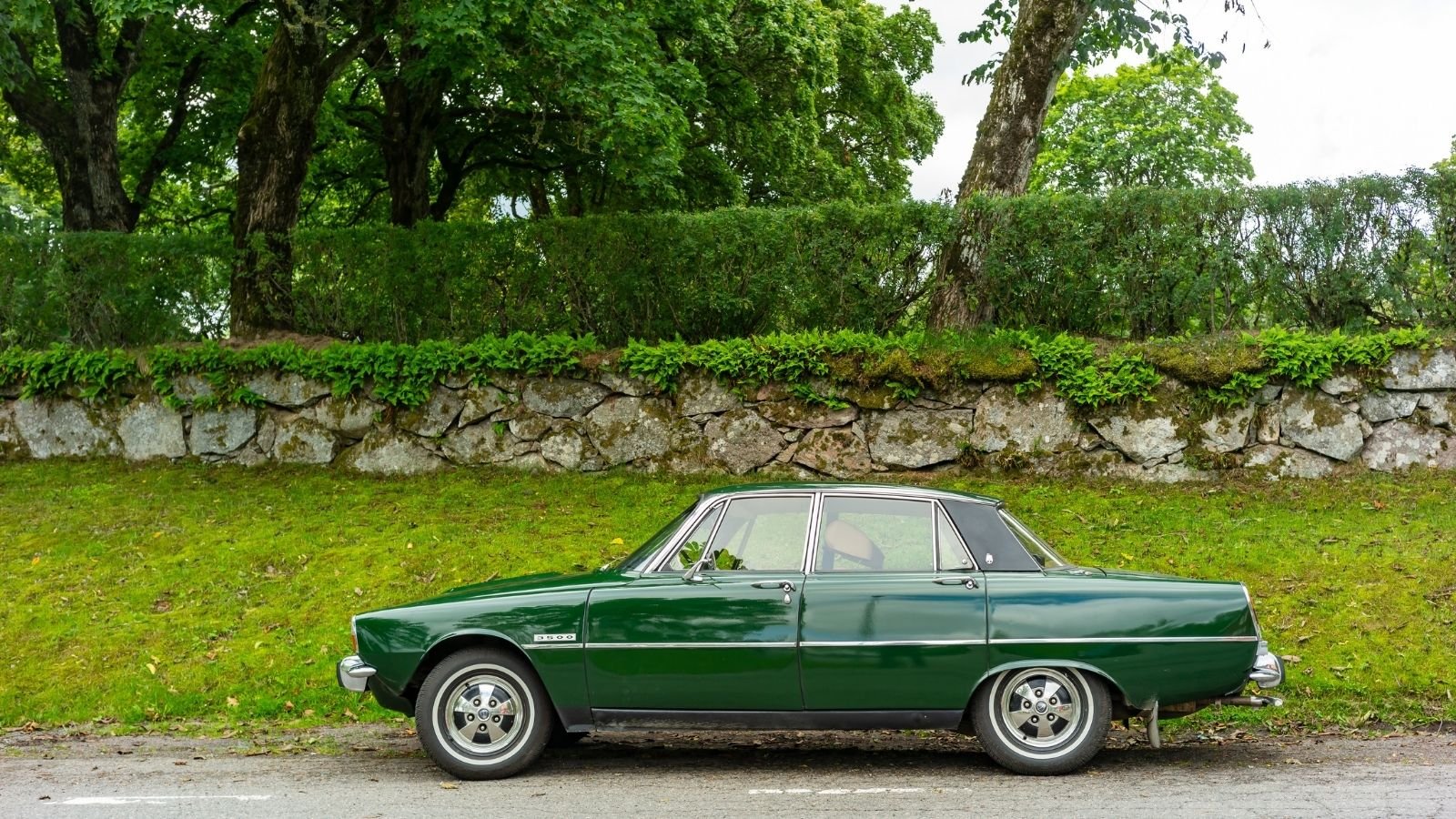
The Chrysler TC by Maserati was a short-lived model project developed between Chrysler and Maserati to produce a chic American roadster designed with the stylish flair of Italian design. But the TC was little more than a dressed-up Chrysler LeBaron, with some modifications and distinctions. This made a car overpriced for what it had to offer, and as a result, the car did not appeal to any buyers.
Renault Le Car
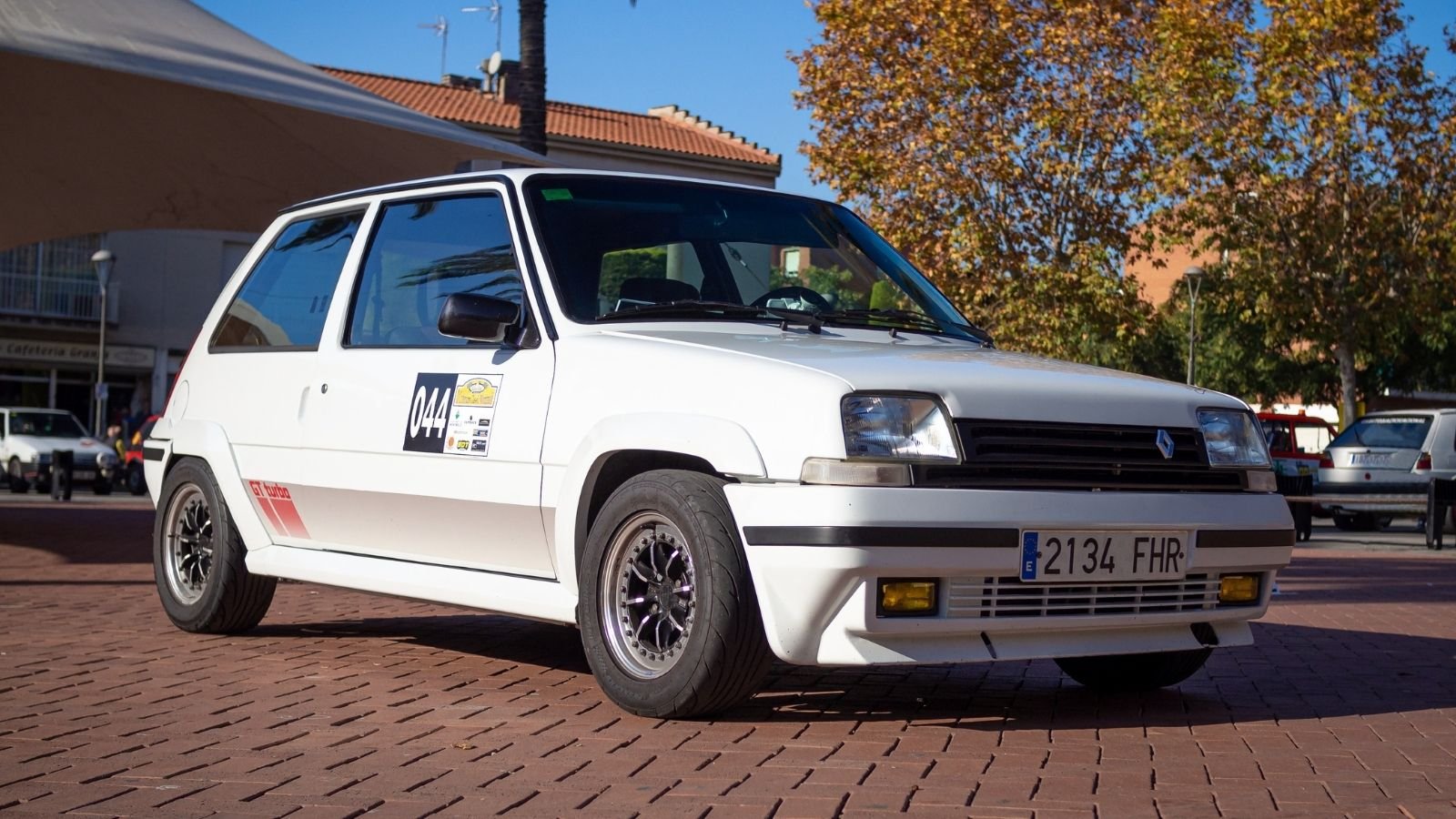
The Renault Le Car was the American competitor of the Renault 5, a quite small car in Europe. However, it failed to capture what was successfully implemented in the United States market. The Le Car was such a compact model with issues with its power and build quality and little comfort and features to offer. They came to power by providing cheap and fuel-efficient automobiles but could not penetrate the market in the United States. Nowadays, people do not pay much attention to the Renault Le Car, and it can be considered as not being an important car in the category of classic automobiles.
Chevrolet Vega
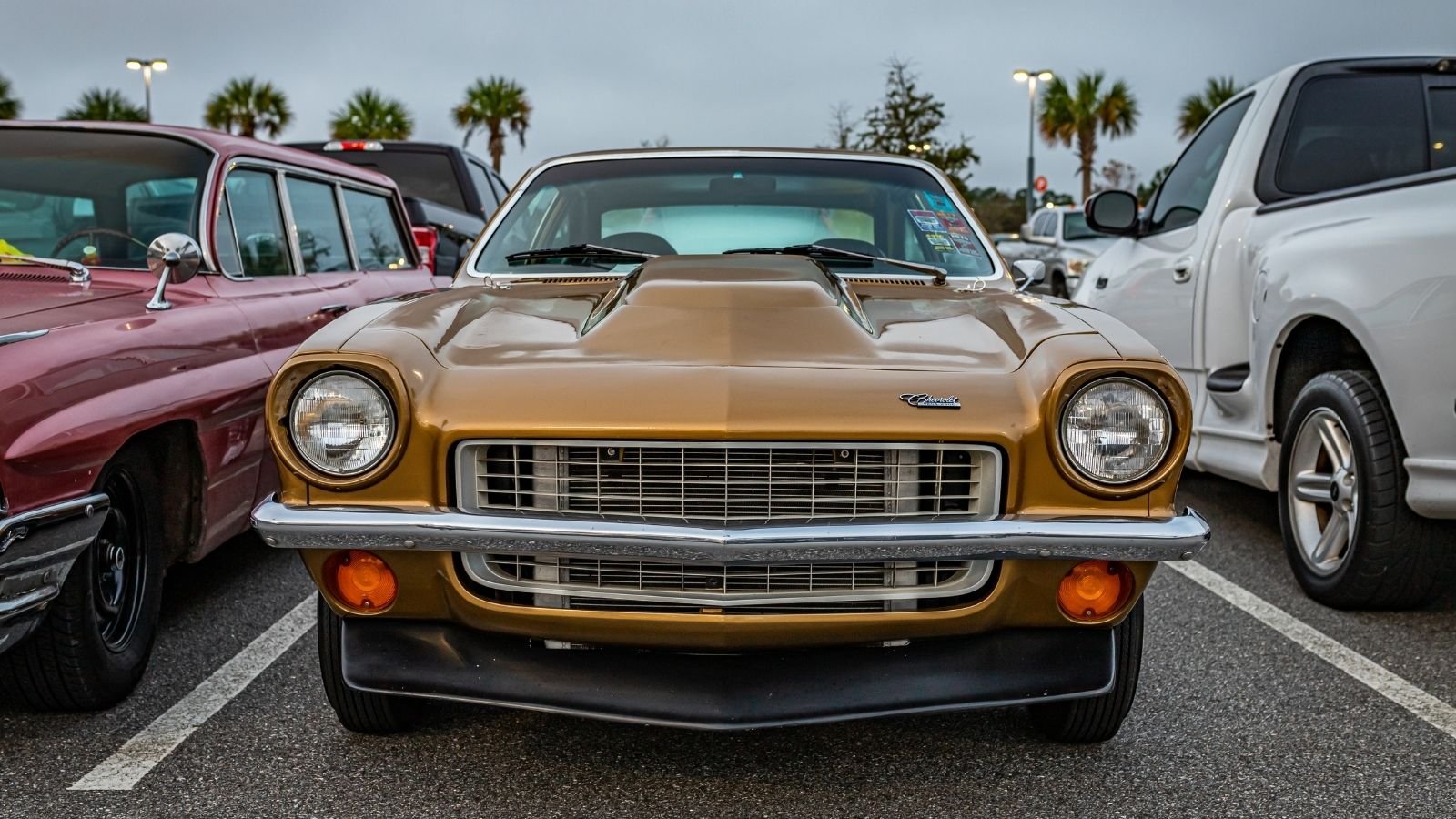
The Chevrolet Vega was first produced in 1970, and, like its counterparts, it was initially hailed for its sleek features and low price. However, its reputation shot up due to its unreliability; it was noted to have several problems with the aluminum engine, which underwent severe failures when it overheated. As for reliability, rust problems were reported, proving Vega was a car that did not age well. It is interesting to note that today, despite the Vega being part of Chevrolet production for years, this car is almost worthless since it was known for being poorly built and breaking down within a relatively short amount of time.
Cadillac Eldorado

The early Cadillac Eldorado model from the 1950s and 1960s was an iconic car at the time, but it is not particularly valuable today. While the car was spacious, it offered minimal technological advancement despite a hefty price. Additionally, the model had various mechanical issues, including engine and transmission problems. The high maintenance cost and lack of practical performance make it an undesirable model for car collectors.
Early Porsche 911s
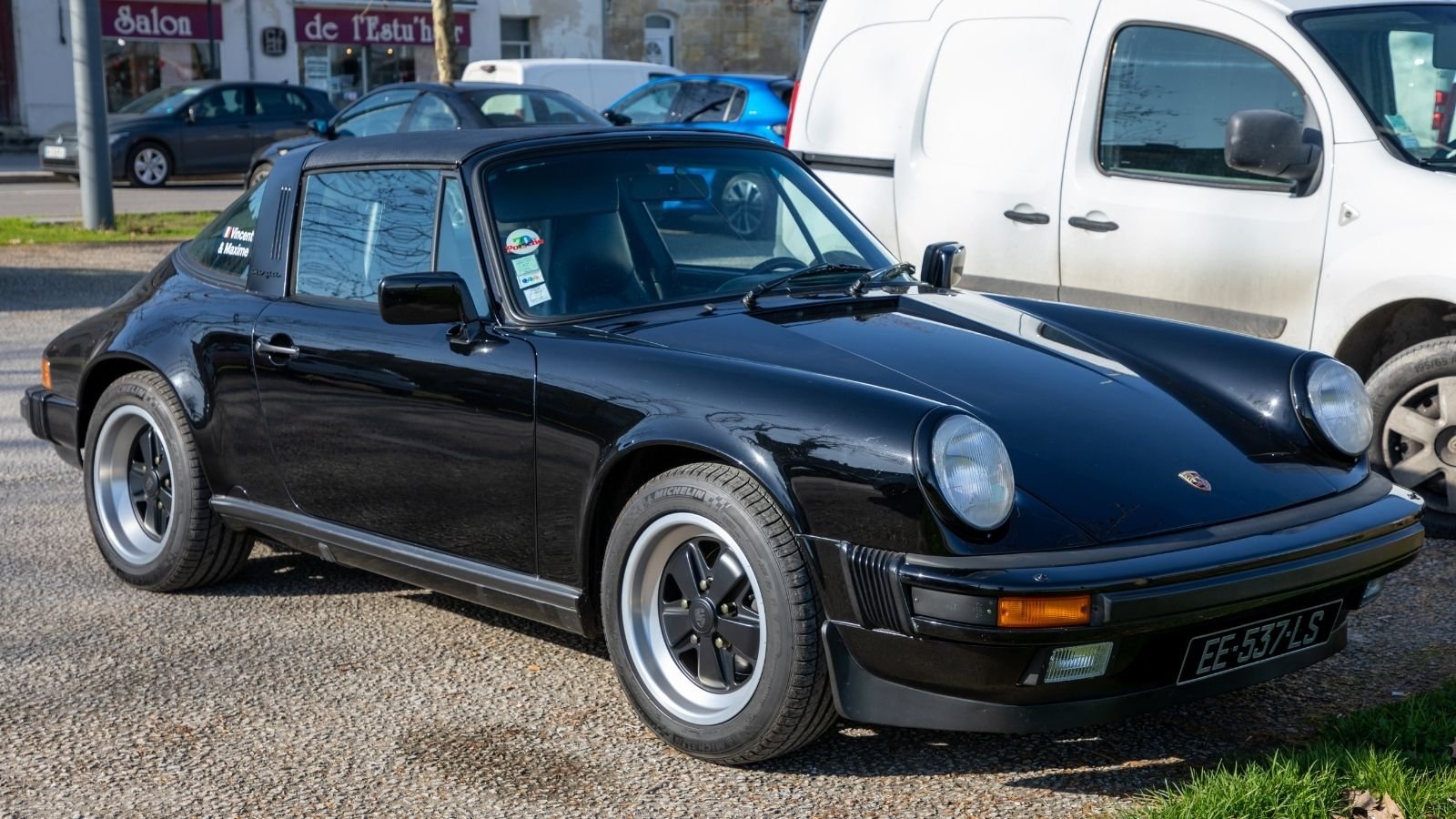
The early Porsche 911 model, particularly those produced in 1969 or earlier, is often considered not to be a worthy classic car. The car was quite difficult to control at high speed and in crosswind, making it risky to drive. Additionally, some models turned differently to the left and right, and others oversteered when you let off the gas while driving straight. These issues failed to offer a smooth driving experience and reliability collectors desire from a classic car.
